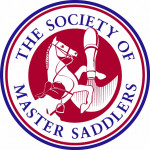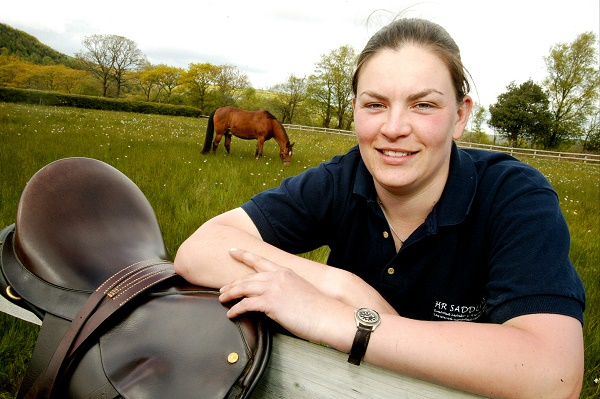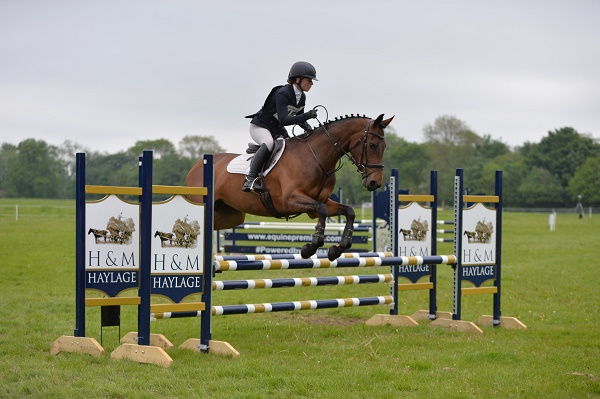Posted: 27th August 2021 | Back to news feed

In this article Society of Master Saddlers’ Master Saddler, Master Bridle Maker, Master Harness Maker, Registered Master Saddle Fitter and Registered Qualified Bridle Fitter, Helen Reader, provides advice on martingales.

My horse is unsettled in his head carriage. It has been advised that a martingale may help, what type should I use and how should it be fitted?
There are a number of reasons as to why your horse could be unsettled in its’ head carriage, ranging from discomfort from the bit, bridle or saddle to a veterinary issue.
Before looking at martingales to help the head carriage it would be advisable to try to find the cause of the unsettled head carriage. I would recommend having an SMS Registered Qualified/Master Saddle/Bridle Fitter to assess the horse and its’ current tack and also a Qualified Body Worker (Physio/Osteopath etc.) or Vet to assess the horse for any underlying biomechanical or veterinary issues.
Once all these checks have taken place and you decide that the horse does require a martingale then a Running Martingale would be the first option. The Running Martingale has a strap which sits around the horse’s neck with a second strap running through a loop on the first attaching to the girth at one end and to the reins at the other end. The strap splits into two narrower straps as it passes through the loop on the neck strap. These straps have a ring at the end, which the reins are passed through. The rings can move freely along the reins, as the horse moves its’ head. To stop the rings from catching the billets by the bit there is a leather or rubber stopper. The martingale should only come into action once the horse lifts its’ head up high when the action of the martingale then encourages the horse to lower its’ head.

The neck strap should be fitted so that you can fit a fist inside it on the front of the horse’s chest. The other strap is fitted with a fist under it between the horse’s legs so that there is room for movement when the horse is working but not too much slack that the horse could catch a leg in it. The other end with the rings should be lifted up towards the horse’s throat and be a hand span away from the jowl, which allows for some head lift while the horse is working but not excessive head lift which could become a safety issue.
For more information visit www.mastersaddlers.co.uk or contact The Society of Master Saddlers on 01449 711642.
The Equestrian Index newsfeed is compiled from articles submitted by advertising members and expresses the opinions of those members. Watsons Directories Ltd shall not be held liable for any inaccuracies or mis-statements therein.